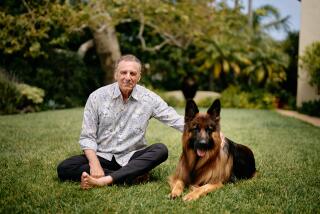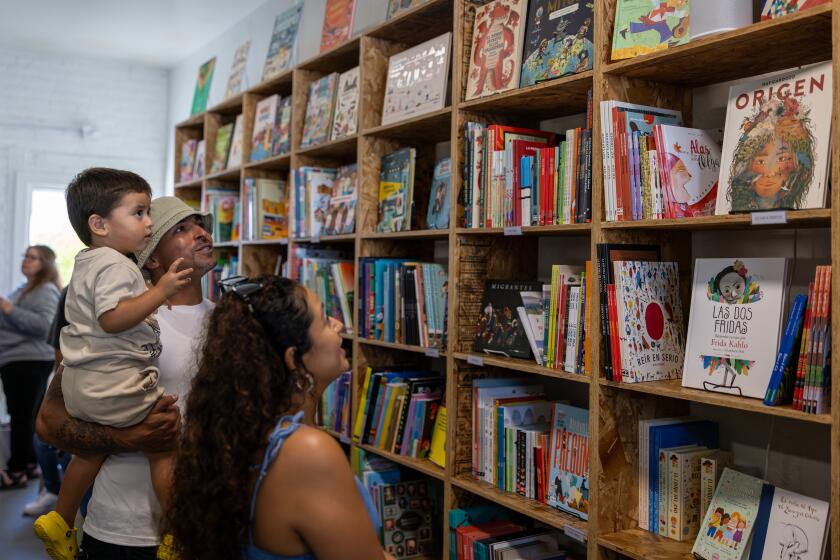Edward Weston’s passion, through the lens of the voyeur
Edward Weston
A Legacy
The Huntington Library
Boone Gallery,
through Oct. 5
1151 Oxford Road, San Marino
Despite the extensive commentary, notes, biographical information and career-long examples of Edward Weston’s photographic trajectory in this sumptuous book, “Edward Weston: A Legacy,” it’s OK if readers -- or lookers -- turn first to the section devoted to his nudes. This is justifiable on more than prurient grounds. Weston photographed nudes when it was more than impolitic to be so interested. “Nudes made up the largest category of Weston’s work for many years and provided a lifelong challenge,” the text reports. Ain’t it the truth. He did wives and lovers, his own sons and any stray muse who caught his fancy.
Weston also photographed radishes and other vegetables, dunes, beaches, objects in the natural world that made him think: natural
Weston’s work struggles against a chilliness, unlike that of Ansel Adams, whose emphasis on vastness and monumentality struggles toward warmth. There is passion in both, of course, here clearly manifested in photographs of a fox (its fleetness), of poor black folks (their suffering) and of antique statuary seen from oddly peeping angles (the strangeness), as through the eyes of a voyeur in a dirty raincoat.
This large and heavy work -- published in London in association with the Huntington Library, printed and bound in Italy and issued on fine paper approaching photographic print quality -- deserves its subtitle, “A Legacy.” The selection of photographs is generous; the scholarly and biographical information -- provided by a number of hands -- is somewhat random, informing but giving pride of place, appropriately, to the images, which are on display through Oct. 5 at the Huntington Library.
In 1937 and 1938, the Guggenheim Foundation paid Weston to take a two-year photographic trip though California and the West -- he was the first photographer to be awarded a Guggenheim fellowship -- the images he made during that trip -- more than 500, of which 150 are on display -- were presented to the Huntington.
Weston’s work evokes a time and place, as he said, exploring “the universality of basic form.” Occasionally, he attended to other subjects -- New York, the Depression, the South -- affected by the convulsions of the times and, inevitably, the need to support himself. His enduring passion was a commitment to form and to a troubled erotic vision.
For a view of the sacrifice and severity of his sense of mission -- and he sacrificed others, not only himself -- admirers should also go to Charis Wilson’s memoir of her life with him, “Through Another Lens: My Years With Edward Weston.” Her lovely memoir depicts the withdrawn and inward isolato; she also credits the banked heat within. The photograph of her on the back jacket of “Edward Weston: A Legacy” -- in high boots and with a scarf over her head, challenging, troubled and inviting -- marvelously expresses the heart pang that his work, at its best, provides.
More to Read
Sign up for our Book Club newsletter
Get the latest news, events and more from the Los Angeles Times Book Club, and help us get L.A. reading and talking.
You may occasionally receive promotional content from the Los Angeles Times.






